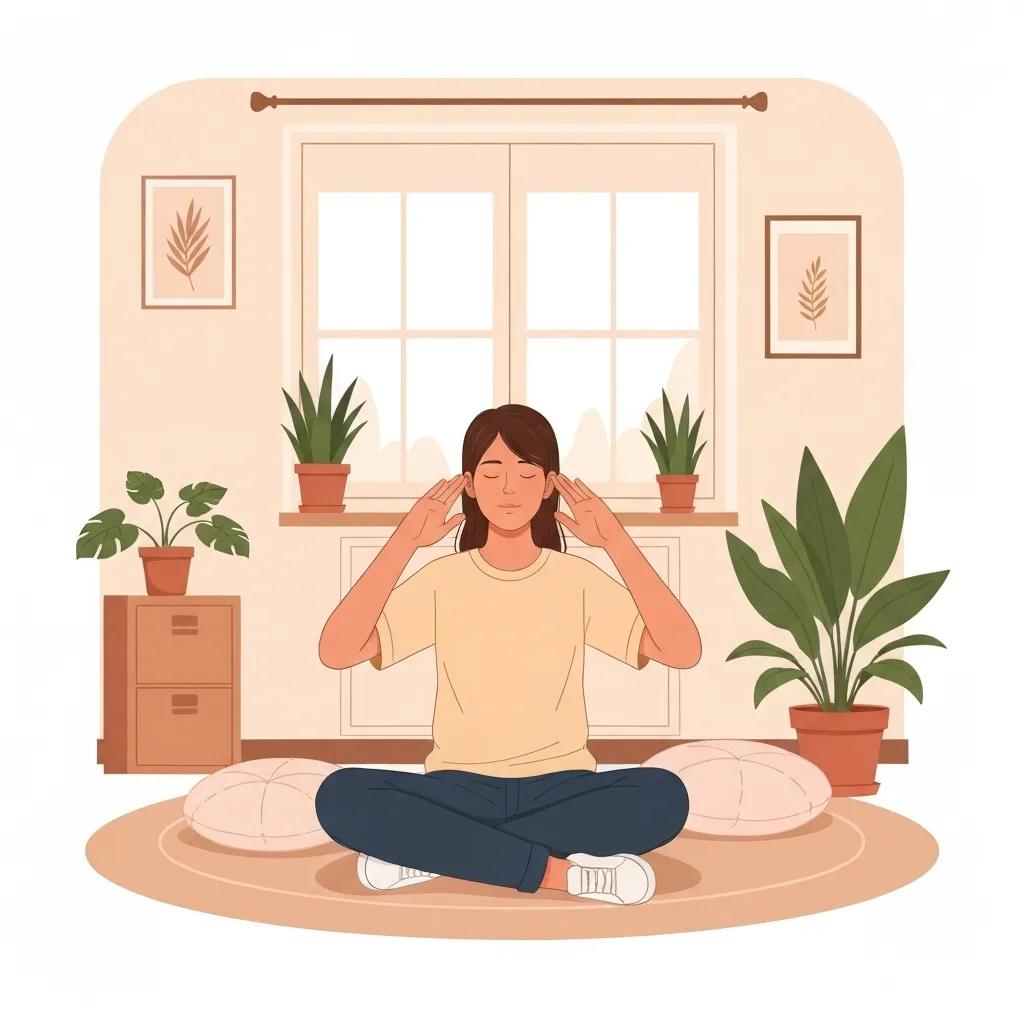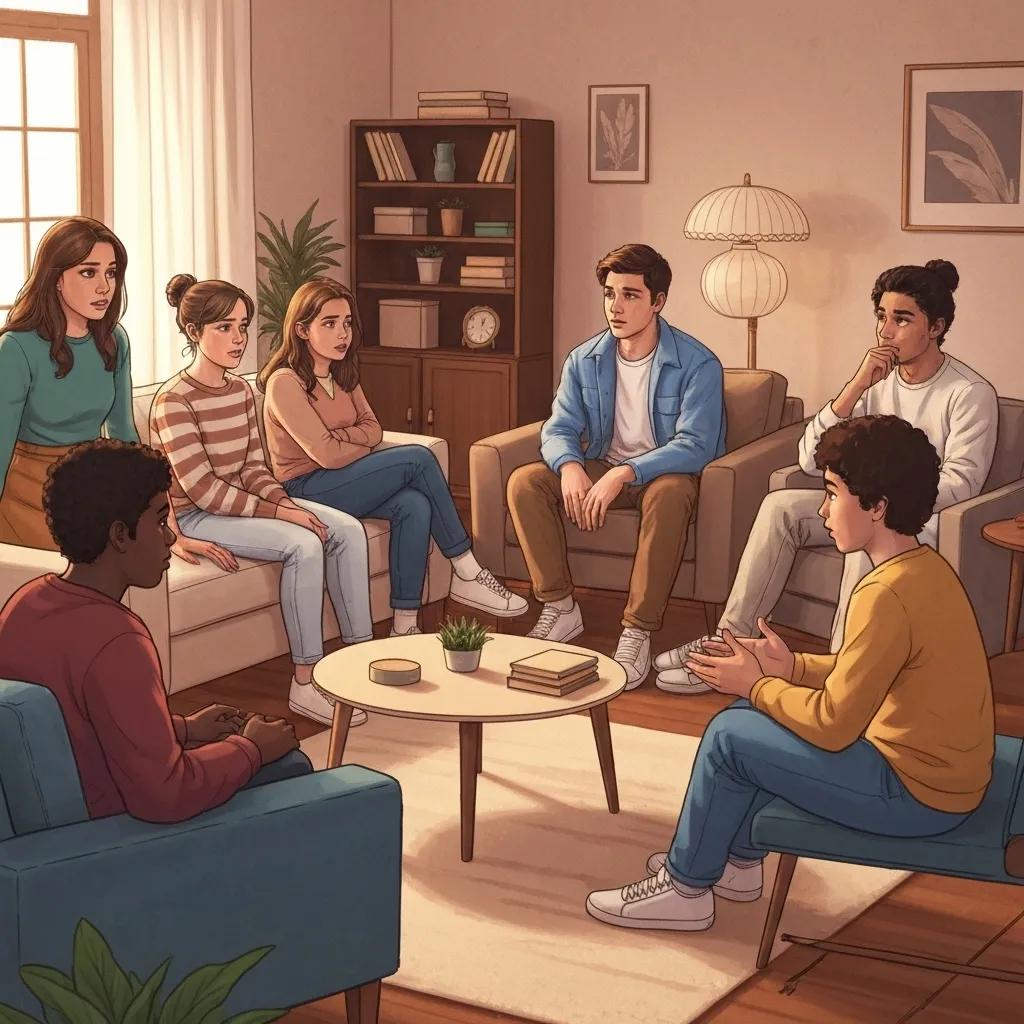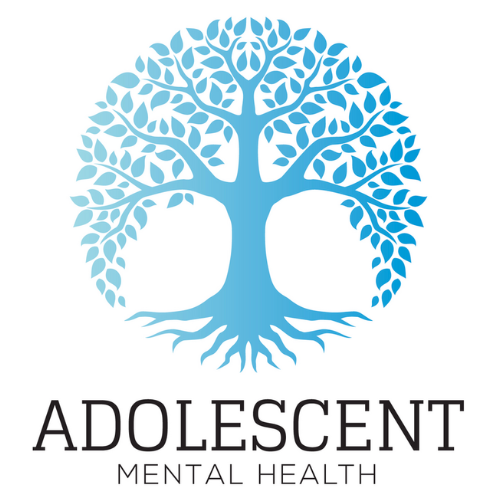Teen Anger Management: Understanding and Addressing Anger Issues in Teens
Angry outbursts can feel overwhelming for both adolescents and the adults who support them. In this article, you’ll discover why teen anger arises, how to spot warning signs, which evidence-based therapies work best, the advantages of virtual anger management programs, and practical coping skills to foster long-term emotional balance. By integrating expert insights with compassionate guidance, this overview equips teens, parents, educators, and healthcare providers with clear strategies for recognizing triggers, seeking effective treatment, and building resilience.
What Are the Common Causes of Anger in Adolescents?
Anger in adolescents often emerges from a mix of biological, psychological, and environmental factors that amplify frustration and make emotional regulation more difficult. Understanding these root causes is the first step toward healthy management and prevention, leading us to examine the intersection of hormones and brain development.
How Do Hormonal Changes and Brain Development Affect Teen Anger?
Hormonal fluctuations during puberty increase irritability by influencing neurotransmitter activity and stress responses. At the same time, the prefrontal cortex—responsible for impulse control and decision-making—matures more slowly than the amygdala, the brain’s emotion center. This imbalance makes teens more sensitive to frustration and less able to pause before reacting, setting the stage for intense anger episodes that require guided support and skills training.
What Psychological Conditions Contribute to Anger Issues in Teens?

Anxiety, depression, attention-deficit/hyperactivity disorder (ADHD), oppositional defiant disorder (ODD), and trauma histories can intensify angry reactions by distorting thought patterns or lowering frustration tolerance. For example, intrusive worries fuel irritability in anxiety, while mood dysregulation in depression reduces emotional resilience. Recognizing these underlying conditions allows targeted therapy that addresses both anger and co-occurring mental health challenges, preparing teens for more effective coping.
How Do Environmental Factors Like Family and Peer Pressure Influence Teen Anger?
Family conflict, inconsistent discipline, academic stress, social rejection, and peer bullying often heighten teens’ stress levels and model maladaptive anger expression. A teen who witnesses heated arguments at home may mirror aggressive communication, while chronic peer pressure can trigger defensive outbursts when self-esteem feels threatened. Identifying these environmental stressors highlights the need for supportive surroundings and positive role models before moving on to the next step: spotting the warning signs.
Family conflict and inconsistent discipline can significantly contribute to anger issues in adolescents. Research indicates that a supportive and stable family environment, characterized by open communication and consistent boundaries, can mitigate the development and severity of anger problems in teens.
Kazdin, A. E., Parent Management Training: Treatment for Oppositional, Aggressive, and Antisocial Behavior in Children and Adolescents (2005)
How Can You Recognize the Signs of Anger Issues in Teenagers?
Spotting problematic anger early helps families and professionals intervene before patterns become entrenched. Key indicators fall into behavioral, emotional, and functional categories that reveal when typical mood swings have crossed into a disruptive pattern, guiding us toward understanding specific symptoms.
What Behavioral Symptoms Indicate Problematic Anger in Teens?
Teens with unmanaged anger often display:
- Explosive Outbursts: Sudden yelling, verbal threats, or property damage.
- Physical Aggression: Hitting, pushing, or other forms of violence.
- Defiance and Noncompliance: Repeated refusal to follow rules or respect boundaries.
These behaviors undermine safety and relationships, signaling the need for structured intervention before exploring emotional and social changes.
What Emotional and Social Changes Signal Anger Problems?
Persistent irritability, frequent frustration over minor issues, social withdrawal from friends or family, and recurring conflicts in relationships all point to deeper anger regulation difficulties. Teens may express guilt after outbursts yet feel powerless to change, reinforcing a cycle of isolation that requires skill-building and therapeutic support.
How Does Anger Impact a Teen’s Daily Life and Academic Performance?
Anger issues can lead to declining grades, suspensions, strained family dynamics, disrupted sleep, and even self-harm risks. Academic disengagement often follows conflict with teachers or peers, while chronic stress impairs concentration and memory. Recognizing these consequences underscores the importance of timely therapy options that address both emotional regulation and life-skills development.
What Therapy Options Are Effective for Angry Teens?
Targeted psychotherapy helps teens identify triggers, reshape thought patterns, and practice adaptive responses. Below is a comparison of leading modalities that form the foundation for comprehensive anger management programs.
| Therapy Type | Core Focus | Key Benefit |
|---|---|---|
| Cognitive Behavioral Therapy (CBT) | Thought-behavior link | Reframes negative beliefs to reduce anger |
| Dialectical Behavior Therapy (DBT) | Mindfulness, distress tolerance | Teaches emotional regulation and self-soothing |
| Family and Group Therapy | Relationships and communication dynamics | Builds support networks and improves conflict resolution |
Cognitive Behavioral Therapy (CBT) is an effective treatment for adolescents struggling with anger, helping them to identify and modify negative thought patterns and behaviors that contribute to anger issues. CBT teaches coping skills and strategies for managing anger in various situations, leading to improved emotional regulation and reduced outbursts.
Beck, J. S., Cognitive Behavior Therapy: Basics and Beyond (2011)
This citation supports the article’s claim that CBT is an effective therapy option for angry teens.
Each modality offers unique mechanisms to enhance self-control and promote positive interactions, setting the stage for virtual delivery options that expand access and flexibility.

Why Are Virtual Anger Management Programs Beneficial for Teens?
Online therapy delivers the same evidence-based services as in-person programs while fitting into busy teen schedules and reducing logistical barriers. These platforms combine video sessions, interactive tools, and secure messaging to create a comfortable environment that encourages engagement and continuity of care.
What Are the Key Advantages of Online Therapy for Teen Anger?
Virtual programs provide:
- Accessibility: Connects teens with specialists regardless of location.
- Convenience: Eliminates travel time and scheduling conflicts.
- Comfort: Allows participation from familiar surroundings, reducing anxiety.
These benefits make it easier to maintain consistent treatment, which is crucial for lasting progress and naturally leads into what to expect in a typical session.
What Can Teens Expect During a Virtual Anger Management Session?
A standard online session includes goal-setting, discussion of recent challenges, guided skill practice (e.g., role-plays), and homework assignments such as anger logs or mindfulness exercises. Group sessions foster peer support, while family sessions improve communication patterns, ensuring a holistic approach that accommodates co-occurring conditions.
How Do Virtual Programs Address Co-occurring Conditions Like Anxiety and ADHD?
Integrated virtual programs often include modules tailored to anxiety management, ADHD time management strategies, and stress reduction techniques. By combining cognitive restructuring with organizational coaching, these programs reduce overlapping symptoms and empower teens to apply learned skills across emotional and behavioral domains.
What Healthy Coping Skills Can Help Teens Manage Anger?

Developing self-soothing and regulation skills gives teens tools to defuse intense emotions before they spiral. Below is a structured overview of practical techniques that build resilience and support long-term emotional balance.
| Coping Strategy | Mechanism | Benefit |
|---|---|---|
| Deep Breathing Exercises | Activates parasympathetic response | Lowers heart rate and reduces tension |
| Physical Activity | Releases endorphins and dissipates energy | Improves mood and channels frustration |
| Journaling and Creative Art | Externalizes emotions and fosters reflection | Enhances self-awareness and stress relief |
By practicing these skills regularly, teens strengthen emotional regulation and prepare to navigate stressors constructively without disruptive outbursts.
Anger in adolescence is a manageable challenge when identified early and supported by structured interventions. Professional therapies like CBT, DBT, and family counseling provide proven pathways to better emotional control, especially when delivered through accessible virtual programs tailored to teens’ developmental needs. With engagement in evidence-based treatment and consistent practice of healthy coping strategies, adolescents can transform anger into growth, improve relationships, and build lasting resilience.









